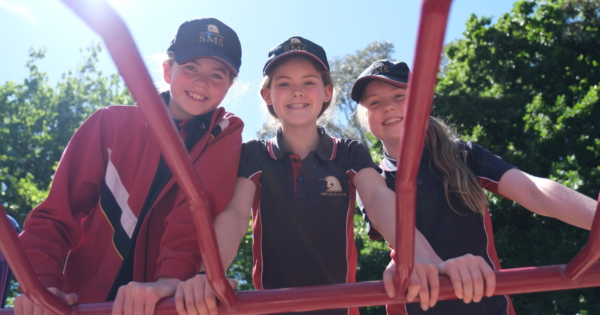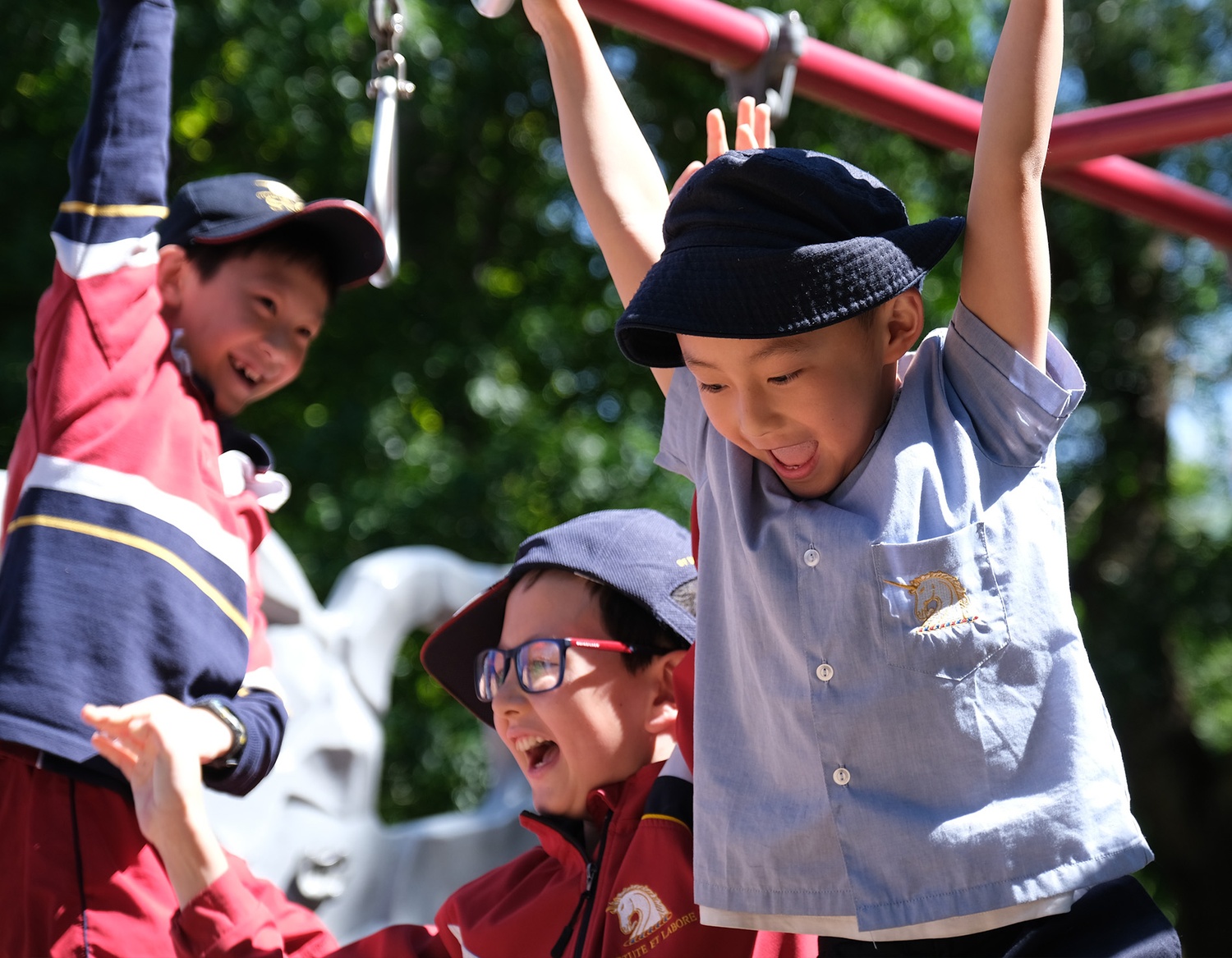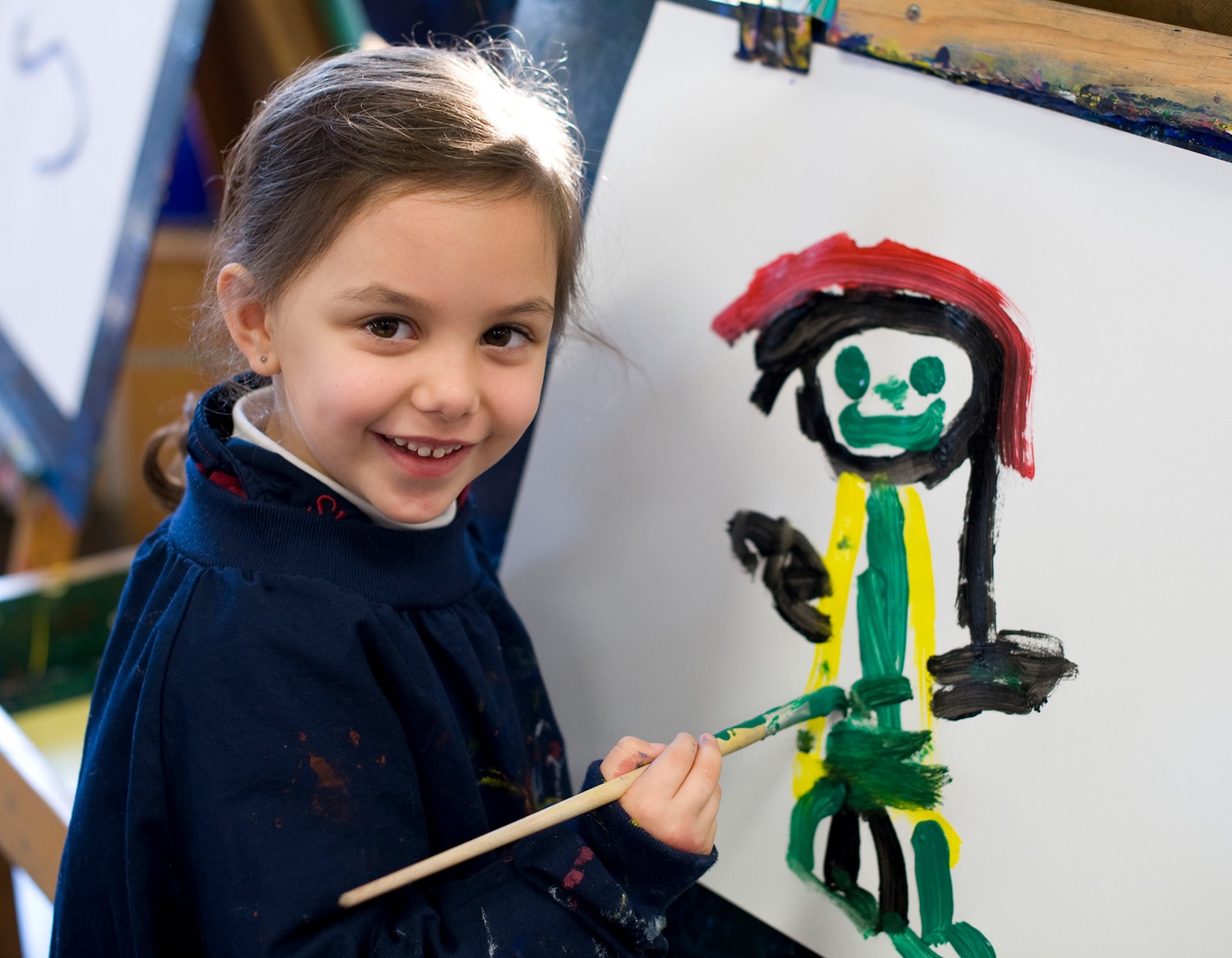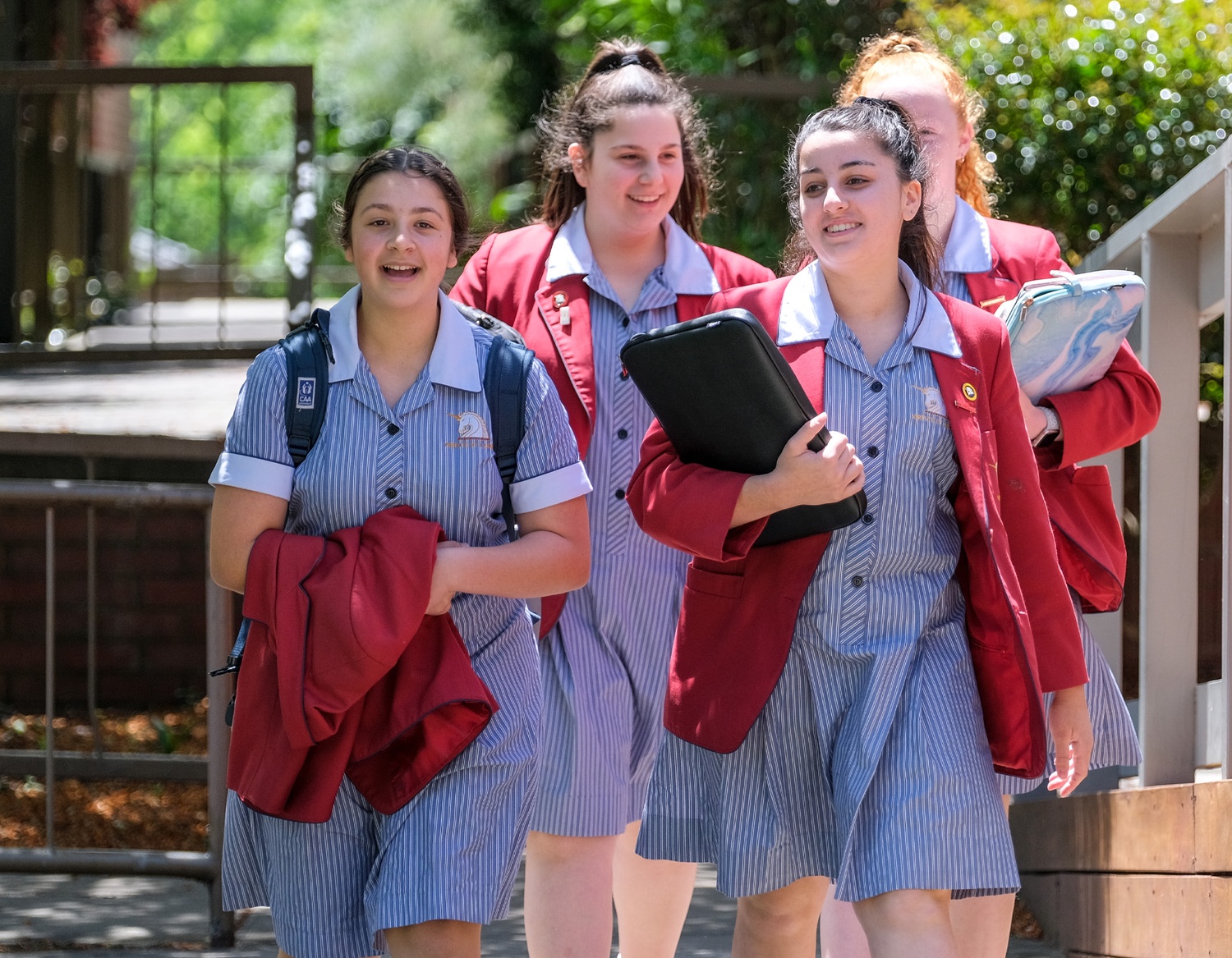
Returning to Face-to-Face Learning
Throughout this challenging time of online/distance learning, most families will have fallen into a new, different routine. For many families this most likely will have meant getting up slightly later, sometimes staying in pyjamas, eating at different times of the day, eating different food with constant access to a kitchen, and having more screen time, as learning has been online.
We all have adapted in different ways to balance the many complexities that we have been faced with. The challenge now is, how are we going to adapt to going back to school?
For some families this will be a relatively straightforward process, for many others it will be a little more challenging.
There are three key areas to consider; establishing new and revisiting old school routines, fostering healthy sleep patterns and, for some children, helping them to physically and emotionally separate from loved ones.
Note : The below information may be overwhelming, but some thought and implementation now, will result in a smoother transition for your children.
Routines
All people respond really well to routine, it provides structure, predictability and stability. Having structure and predictability in our lives reduces discomfort and anxious feelings. Whereas uncertainty and a lack of structure can cause greater levels of distress.
New routines will need to be established. We cannot expect our children, after sleeping in for the past nine weeks, to miraculously spring out of bed, get dressed, eat breakfast, clean their teeth and pack their bags for school on May 26th/June 1st. They will need practice!
Although every household’s routine will look different, it would be really helpful for you to sit down with your children and come up with one. This would mean that your children have ownership over the routine too, it’s not something you have created for them to do.
To help with the transition, initially try and make practising the routine fun. For example, instead of putting on their full school uniform, your children may simply need to change out of their pyjamas into their PE uniform, maybe add a silly hat/sunglasses. Another day they might have to get dressed in a more complete version of the uniform, with a beanie and scarf. Then transition to the full correct uniform just before they return to school.
During the week before, make sure that the children practise what they will actually need to do, including getting into their school uniform and being in it for the day, packing their lunch etc. At the end of the ‘home learning’ day, they could change out of their uniform to signify the end of the school day. You could also include an afternoon tea time and/reading time to reflect what they might do when they arrive home from school.
Talking about going back to school is important.
- Allow time for your children to express how they are feeling about returning to school
- Ask them what they are looking forward to, what they may be apprehensive about
- Ask them what they will miss about being at home, and what they won’t miss
Sleep
We all know that the better night’s sleep that we have, the better we feel, think and react. This is the same for children. As we all transition back to a school routine, getting a good night’s sleep will be really important. This webpage outlines the link between learning and the importance of getting a good night sleep. https://raisingchildren.net.au/school-age/sleep/understanding-sleep/sleep-learning
It can be really valuable to implement a routine at night to assist with getting to bed early enough. The link below has some good ideas about bedtime routine and some common sleep problems.
https://raisingchildren.net.au/school-age/sleep/understanding-sleep/school-age-sleep
Returning to school.
As adults, sometimes we can assume what may or may not be a ‘big deal’ for our children. We forget what it was like as a young child to experience change, and the fear of the unknown. We can also unknowingly express our own fears and worries for them, onto them.
We need to remind ourselves that until a few months ago, going to school was normal. It is home and distance/online learning that has not been normal!
We are now returning to a ‘new normal’ and many children will cope very well with this. However others will experience challenges in adjusting to the new normal. We need to be supportive, but we also need to be prepared. Change is hard, we all navigate it differently, therefore taking some time to plan and be prepared will make change easier to manage. The below information has been put together to help you to do just that.
Physical and emotional separation
Having been at home for so long and surrounded by family, some children may find it difficult to do such things as: get out of the car, say goodbye and walk into school. This may occur at the time of school drop off, or start as worries the night or days before school is scheduled to start.
Coming out of such a unique time, this is totally understandable and there are some important things that you can do to help your child.
NOTE: Some of the suggestions will be difficult to implement, but it is so important that you stick to your plan. The purpose is to ensure that your child reengages with school, they need you to be strong and consistent no matter how distressed they may become.
When school resumes there will be different routines for dropping off and picking up students from school. Please make sure you read the communication from the Principal so that you are aware of what arrangements are in place and can prepare your child for what will happen.
Things to do BEFORE school starts:
- Talk about the new arrangements including the importance of social distancing, having your temperature taken, hygiene practices
- Implement a routine,including a sleep routine
- If you get a chance, walk past the school with your child/children and start talking with them about how good it will be to get back to schooland how supportive the staff are at school.
- Explain the new drop off and pick-up rules to your child/children
- Come up with a ‘goodbye’ ritual. This could include: special words that you might say like; “have a great day”, “I love you”, “I will see you later” etc. It may also be followed by a special gesture like a thumbs up etc.
- Practise the ‘drop off’ in your driveway multiple times before school starts. You may even want to drive near the school to have a practice.
- Practice the pick-up routine to ensure that your child knows where you will be waiting, and what to do if you are unable to park your car/meet them in that exact position.
Things to do at drop off when school has resumed:
- Despite possible emotional outbursts and protests, stay calm (on the outside). If your child is known to be apprehensive about returning to school it is important to remember that physical symptoms can be linked to feeling anxious, so a tummy ache may be nerves as opposed to being unwell.
- Implement the ‘goodbye ritual’ that you have been practising
- If your child is distressed, alert staff membersat the drop off or if you can’t alert teachers, ring the Junior School Reception on 9703 8161 from the car
- Repeat your ‘goodbye’ phrases, reminding them of where you will pick them up at the end of the day
- Do not enter into a big conversation. When upset children aren’t able to listen to logic, so simple instructions work best.
- Try not to show your children your frustrations and fears at drop off. This is really hard to do when your child is upset/distressed, as we all want to protect our children from being upset. It is however more important to show them that you have trust in their teachers, and that they will be ok at school.
If your child has previously been nervous about going to school you may like to consider giving them an item of yours that they can have with them to remind them that you are still there. Little items that have emotional connection but are not precious are the best, like a soft toy, scarf, etc. Another concept that may be helpful is beautifully described in the book ‘The Invisible String’ by Patrice Karst. It is a lovely book that talks about your ongoing connection even when physically not together, here is a video of the book being read. https://www.youtube.com/watch?v=WlUxXexjhYI
If you continue to have worries about your child or the process of returning to school please contact your classroom teacher or Head of Junior School Ms Louise Sayar.






